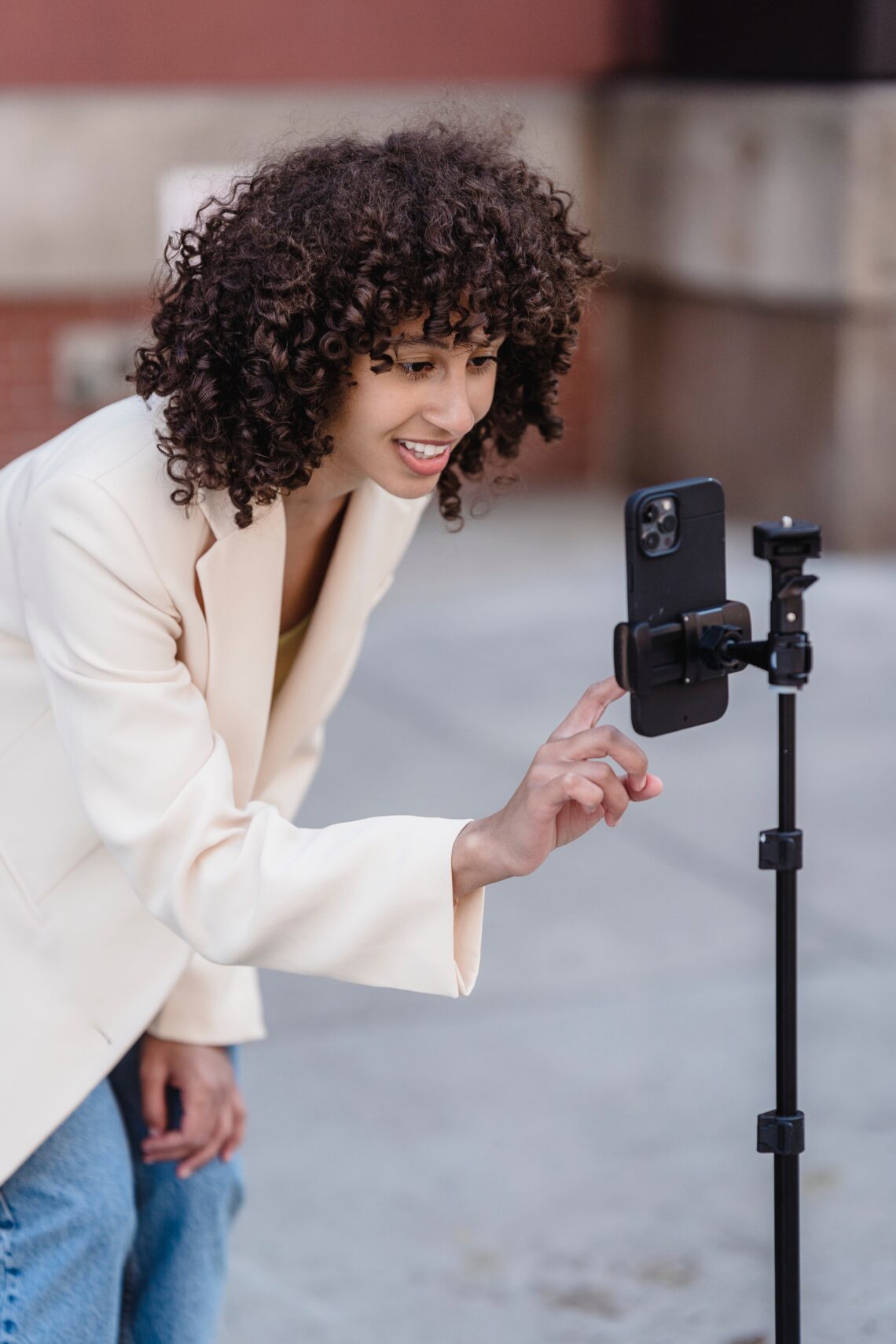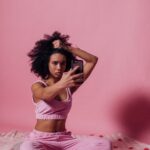
Breaking down barriers with social media
Behind every single one of Zeynab Mohamed’s carefully curated Instagram posts, there is an intense process and an intended purpose.
“There’s so many behind the scenes stuff that people don’t realize,” the Toronto-based social media content creator says. “It’s not just taking photos.”
This process involves selecting shooting sites with eye-catching backdrops, incorporating trending colours with personal touches, coordinating and batching multiple outfits to capture as many looks as possible within one shoot and even changing in her car when public washrooms were closed due to the COVID-19 pandemic lockdown restrictions.
Her growing devotion also encouraged her to become more self-reliant while conducting her shoots, as she couldn’t rely on the assistance of her friends who had their own busy schedules to contend with. She increased her knowledge of using self-timers, tripods and remote control camera clickers to capture photos, while also simultaneously strengthening her confidence to take shots on high-traffic sectors within Toronto.
Mohamed also views her Instagram page as a contribution to the virtual network of Muslim woman creating spaces for digital representation of modest fashion and hijabs within social media.
Which is why, when her work is simplified as just “taking photos,” Mohamed says she feels as though this ignores her dedication to her craft and her commitment to creating a virtual gallery that showcases and celebrates her status as a Muslim woman.
Mohamed’s experience is not a singular one—as social media continues to trickle into mainstream media and becomes more deeply embedded within our daily lives, the public dialogue around the creators who dominate these sites has become amplified and divided.
There have been instances of a heavy public resistance to acknowledge the effort these digital curators put into their work and their influence within the fashion and art world.
A recent notable example is the public outcry that followed social media content creator Emma Chamberlain’s inclusion within the annual Met Gala held this past September. Her appearance sparked online debates and tweets that characterized her invitation as the reason for the end of the event’s exclusive and prestigious reputation.
Sara Grimes, a professor at the University of Toronto who specializes in digital media, says she believes that a lot of this resistance is related to the natural desire to negatively compare newly introduced media forms with established mediums.
She also mentions that some of this resistance stems from the fact that social media is such an integral component within many aspects of our lives. Everyone engages with it to some extent, she says, but the level of commitment never matches that of social media content creators and subsequently doesn’t follow the trajectory or process into an art form that a lot of social media content influencers are pursuing.
Amanda Gosio, a local musician, was surprised at the public backlash towards Emma Chamberlain being invited to the Met Gala. Similarly to Grimes, she says she believes that the resistance boils down to a public refusal to accept the artistic components involved within social media content creation.
“Artists throughout history have found a way to capture elements of everyday life,” she says. “Why should a Vlogger or Instagrammer not be aligned with the same purpose?”
Gosio also says the controversy was misplaced. She says Emma Chamberlain has had an immense contribution to the fashion world and credits similar social media content creators with opening her eyes to the ways in which fashion can be used as a form of artistic and personal expression.
Mohamed agrees with this sentiment, as she believes that social media content creators provide a sense of authenticity and relatability that traditional celebrities are not able to duplicate.
They also represent a demolition of the long-established barriers within the art and fashion world and an exclusion of traditional gatekeepers, Grimes explains.
She also highlights the accessibility social media content creators are creating. One that invites diverse visual portrayals of previously under-represented groups, such as people of colour, LGBTQ members and disabled people.
“A lot of different types of people can have their voices heard in this space,” she says. “It has a huge potential for rethinking who’s allowed to be an authority on fashion and who’s allowed to have an opinion of art.”
This potential to transform the fashion and art world into a more inclusive space is what drives Mohamed’s motivation to continue to grow her page and attract more followers.
“People don’t care about your personal life unless you’re huge,” she says. “You have to do things that are eye-catching so that it will increase their interest in the message you’re trying to send.”
To amplify her platform, she diligently reviews her posts that have gained the most traction to identify notable aspects while also navigating Instagram’s complicated algorithm system in the hopes that one of her posts will go viral.
Mohamed says she is optimistic that social media content creators will continue to transform and diversify the way society engages with and interprets art and fashion. She also hopes to one day snag an invite to the Met Gala, where she’ll wear a beautiful hijab and knock down any remaining barriers—and no longer have to change outfits in her car.
About the author
Olivia Matheson-Mowers is a former reporter for Youth Mind. When she’s not writing, or playing with her cat, Daisy, you can find her curled up in her heated blanket watching seasons 1-6 of Dragon Ball Z and complaining about seasons 7-9.








One Comment
Zeynab
This article is so good! Thank you Olivia for letting me be apart of it!